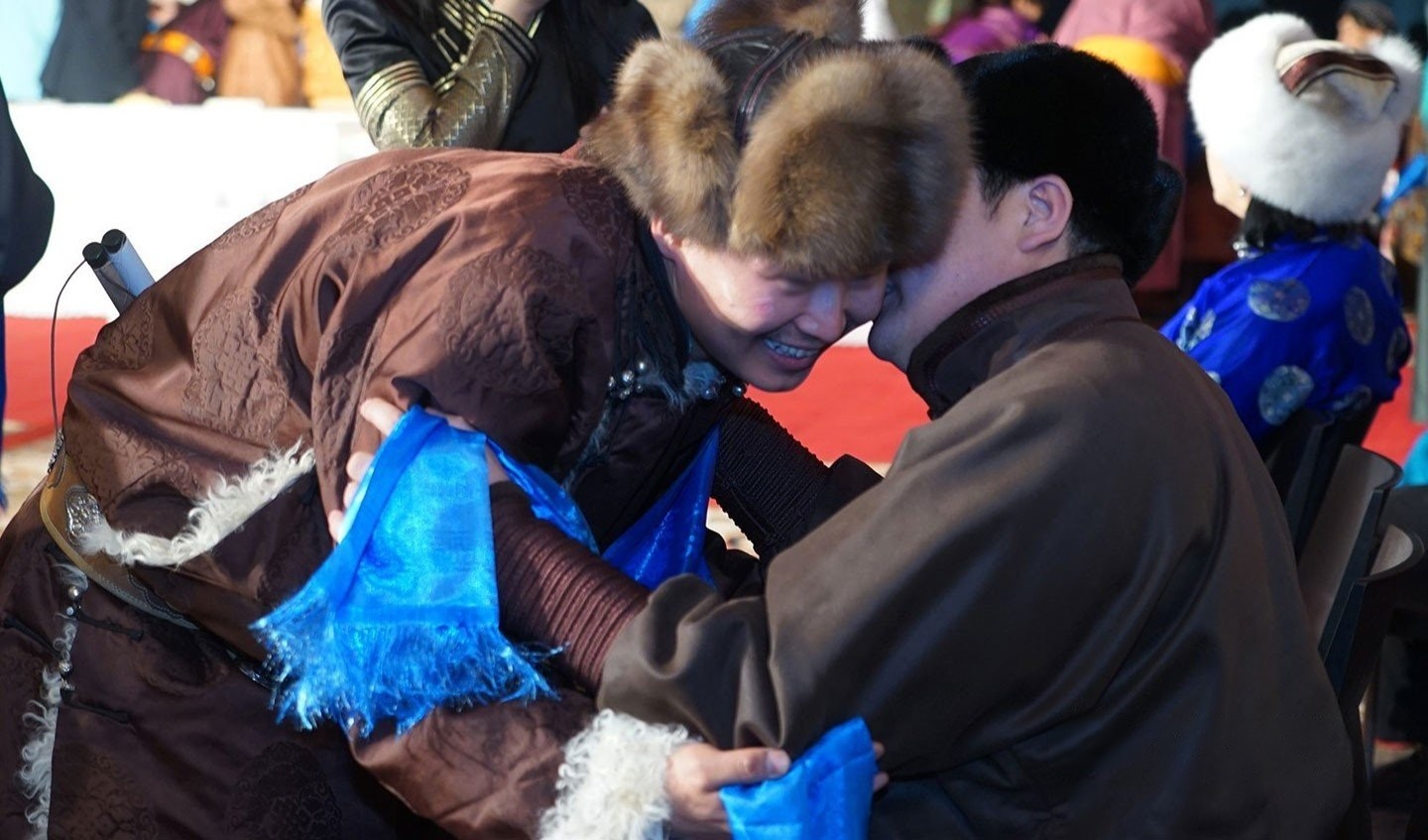Visiting Mongolia during the Lunar New Year, or Tsagaan Sar, is a wonderful way to experience the country’s rich traditions and culture. This holiday, which marks the beginning of spring, is considered one of the most important celebrations in Mongolia. As locals say, “After Tsagaan Sar, spring comes.”
During Tsagaan Sar, families gather to celebrate, honor their elders, and strengthen bonds. Visitors have a rare opportunity to witness traditional customs, sample delicious foods, and immerse themselves in authentic Mongolian life.
What Is Tsagaan Sar?
Tsagaan Sar, meaning “White Moon,” is the Mongolian Lunar New Year. Celebrated according to the lunar calendar, it typically falls in January or February. The festival marks the end of a harsh winter and the welcoming of spring, a time when livestock begin to give birth and dairy products are abundant.
Tsagaan Sar is a time for:
Family reunions: Relatives travel from near and far to celebrate together.
Honoring elders: Younger generations show respect through the zolgokh ceremony.
Introducing newborns: Babies are formally presented to family members during the celebrations.

A Rich History and Deep Traditions

Tsagaan Sar has roots dating back to the 13th century. The festival became a national celebration after Chinggis Khan’s decree, initially aligning with the first month of spring when dairy was plentiful. Originally, it was celebrated in autumn and known as the Dairy Festival. Over time, it evolved into the winter celebration we know today, blending family, spirituality, and seasonal traditions.
Preparation for Tsagaan Sar
Preparations begin about a month in advance:
Homes are thoroughly cleaned to welcome the new year.
Families make thousands of buuz (steamed dumplings) and stock other traditional dishes.
Gifts are purchased for guests, showing respect and goodwill.
The night before Tsagaan Sar, called Bituuleh, is like Christmas Eve in Mongolia. Families ensure their homes are fully prepared, kitchens are stocked, and traditions are ready to be observed.

Celebrating the Day of Tsagaan Sar
On the first day of Tsagaan Sar, families perform the zolgokh ceremony, where younger members greet elders by supporting their arms in a gesture of respect. The day begins with offering a cup of milk tea to the gods, followed by meals featuring traditional foods such as:
Buuz – steamed meat dumplings
Airag – fermented mare’s milk
Other dairy products and regional specialties
Guests are often given small gifts as tokens of appreciation. Homes are beautifully decorated, and visitors may have the opportunity to try traditional clothing or participate in hands-on activities like making buuz.




Why Visit Mongolia During Tsagaan Sar?
Cultural Immersion: Experience authentic Mongolian family life and traditions.
Festive Atmosphere: Witness ceremonial greetings, traditional music, and beautifully decorated homes.
Winter Travel Advantage: While Mongolia’s winter can be harsh, Tsagaan Sar offers milder temperatures compared to mid-winter, making it ideal for travelers.
Unique Experiences: Taste traditional dishes, meet locals, and learn about the holiday’s history and significance.
Tsagaan Sar is a celebration of family, heritage, and the promise of spring. For travelers seeking an authentic cultural experience, it is a rare opportunity to see Mongolia at its most traditional and heartfelt.
FAQs
Where is the best place to experience Tsagaan Sar?
Visitors can experience the festival anywhere in Mongolia, but rural family homes offer a more intimate and traditional experience.
What is the weather like during Tsagaan Sar?
Tsagaan Sar marks the beginning of spring, so the weather is generally warmer and more manageable compared to the harsh mid-winter months. Travelers should still bring warm clothing, as temperatures can be cold in rural areas, especially in the mornings and evenings.
Why should I visit Mongolia during Tsagaan Sar?
Visiting during Tsagaan Sar allows you to:
· Witness authentic Mongolian traditions and family life
· Enjoy festive meals and cultural activities
· Experience the warmth and hospitality of local communities
Can I do a tour during Tsagaan Sar (Lunar New Year)?
Absolutely! Visiting Mongolia during Tsagaan Sar is actually one of the best winter tour experiences. You can enjoy traditional celebrations, family gatherings, Zolgokh greetings, and festive foods while exploring the beauty of Mongolia in winter.
Check out our Mongolia Lunar New Year tour here: Mongolia Lunar New Year 4-Day Tour

